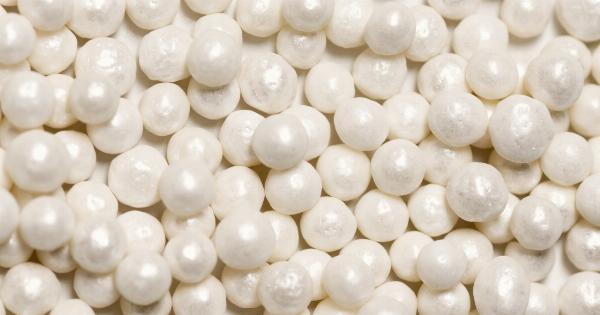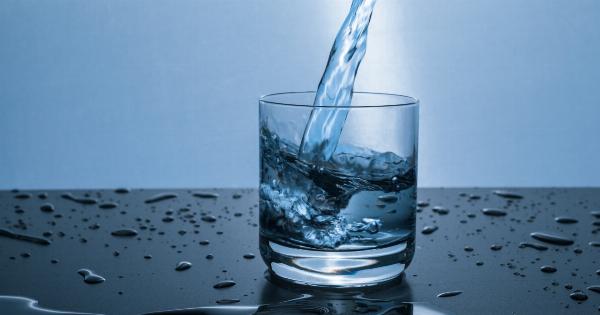Pressure parameters play a crucial role in various scientific and engineering fields, from fluid dynamics to materials science and beyond. They help us study and analyze the behavior of gases, liquids, and solids under different conditions.
However, these parameters can often seem mysterious and complex to those unfamiliar with the subject. In this article, we will unveil the mysteries of pressure parameters, providing a comprehensive understanding of their significance and applications.
The Basics: What is Pressure?
Before delving into the intricacies of pressure parameters, let’s start by understanding what pressure actually is. In simple terms, pressure refers to the force exerted on a particular area.
It is the result of molecules colliding with each other and with the walls of the container they are confined in. Pressure is typically measured in units such as pascals (Pa), atmospheres (atm), or pounds per square inch (psi).
The Concept of Absolute and Gauge Pressure
When discussing pressure, it is important to differentiate between absolute pressure and gauge pressure. Absolute pressure is measured relative to a perfect vacuum, while gauge pressure is measured relative to atmospheric pressure.
Absolute pressure is always positive, whereas gauge pressure can be positive or negative. Gauge pressure is frequently used in practical applications such as tire pressure measurements or pressure differentials in HVAC systems.
The Ideal Gas Law and Pressure
The ideal gas law, represented by the equation P = nRT/V, plays a fundamental role in understanding the relationship between pressure, volume, temperature, and the number of gas molecules.
In this equation, P represents pressure, n is the number of moles of gas, R is the gas constant, T stands for temperature, and V represents volume. This equation allows us to predict and analyze the behavior of gases under different conditions.
Pressure and Fluid Dynamics
Fluid dynamics is the study of how fluids behave under various conditions, and pressure is a key parameter in this field.
Fluid pressure determines the direction and magnitude of fluid flow, and it plays a crucial role in applications ranging from hydraulic systems to aerodynamics. Bernoulli’s principle, which describes the relationship between pressure, velocity, and elevation in a fluid, is a fundamental concept in fluid dynamics.
Pressure and Materials Science
In materials science and engineering, pressure parameters are essential for studying the behavior of materials under different loads. Mechanical properties such as elasticity, plasticity, and strength are directly influenced by pressure.
High-pressure experiments allow scientists to investigate the characteristics of materials in extreme conditions and understand phenomena like phase transitions, crystallography, and the behavior of materials under compression.
Pressure in Earth Sciences
Pressure is a critical parameter in understanding the processes and phenomena occurring deep within the Earth.
Geologists and geophysicists use pressure measurements to study the structure of the Earth’s interior, seismic activity, and even the formation of minerals and rocks. The pressure gradient within the Earth plays a vital role in determining how tectonic plates move and interact with each other.
Pressure Sensors and Measurement Techniques
To accurately measure pressure, a variety of sensors and measurement techniques are utilized. These include manometers, Bourdon gauges, pressure transducers, and piezoresistive sensors, among others.
Each method has its own advantages and limitations, depending on the specific application requirements. These sensors and techniques enable precise measurements of pressure in a wide range of conditions and environments.
Applications of Pressure Parameters
Understanding pressure parameters has countless practical applications across multiple industries.
In aerospace engineering, pressure measurements are crucial for optimizing aviation performance, designing efficient propulsion systems, and ensuring the structural integrity of aircraft. In the medical field, blood pressure monitoring is vital for diagnosing and managing various cardiovascular conditions. Pressure parameters are also utilized in chemical engineering, automotive design, meteorology, and many other disciplines.
Conclusion
Pressure parameters are fundamental to the understanding of many scientific and engineering fields.
Whether analyzing fluid dynamics, studying materials under extreme conditions, or exploring the Earth’s interior, pressure plays a crucial role in unraveling the mysteries of the natural world. By grasping the basics of pressure, its measurement, and its applications, we can unlock new possibilities and gain deeper insights into the behavior of gases, liquids, and solids.




























